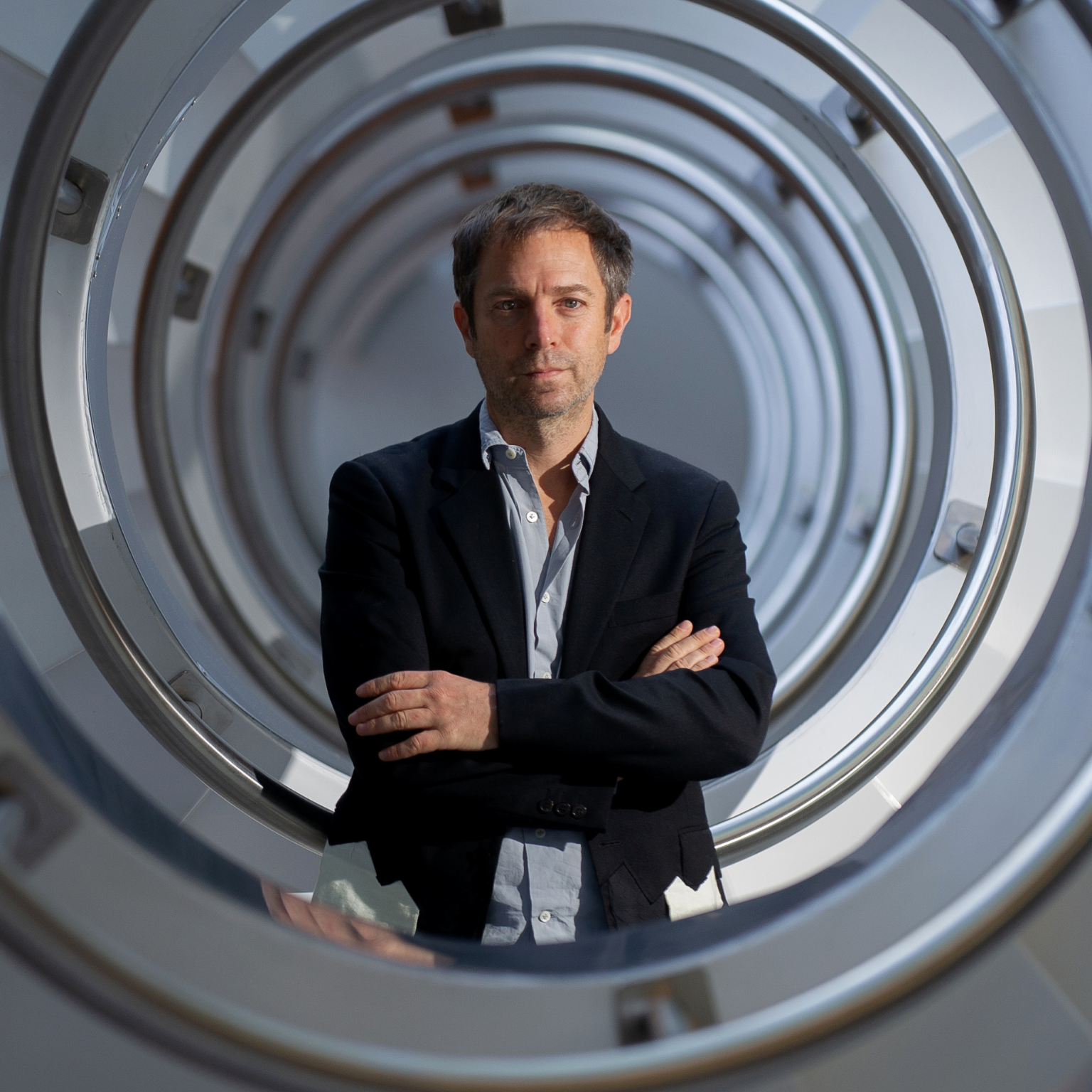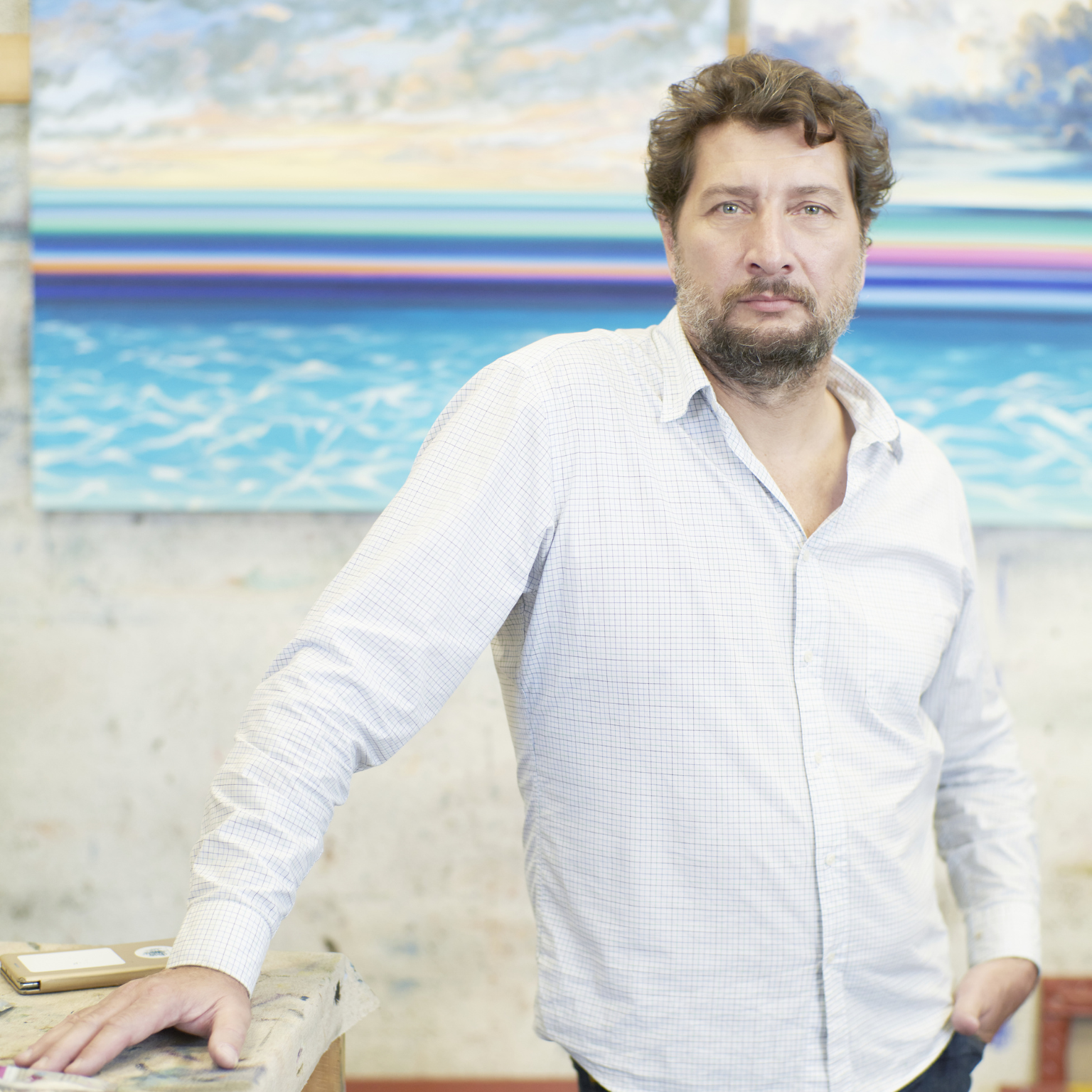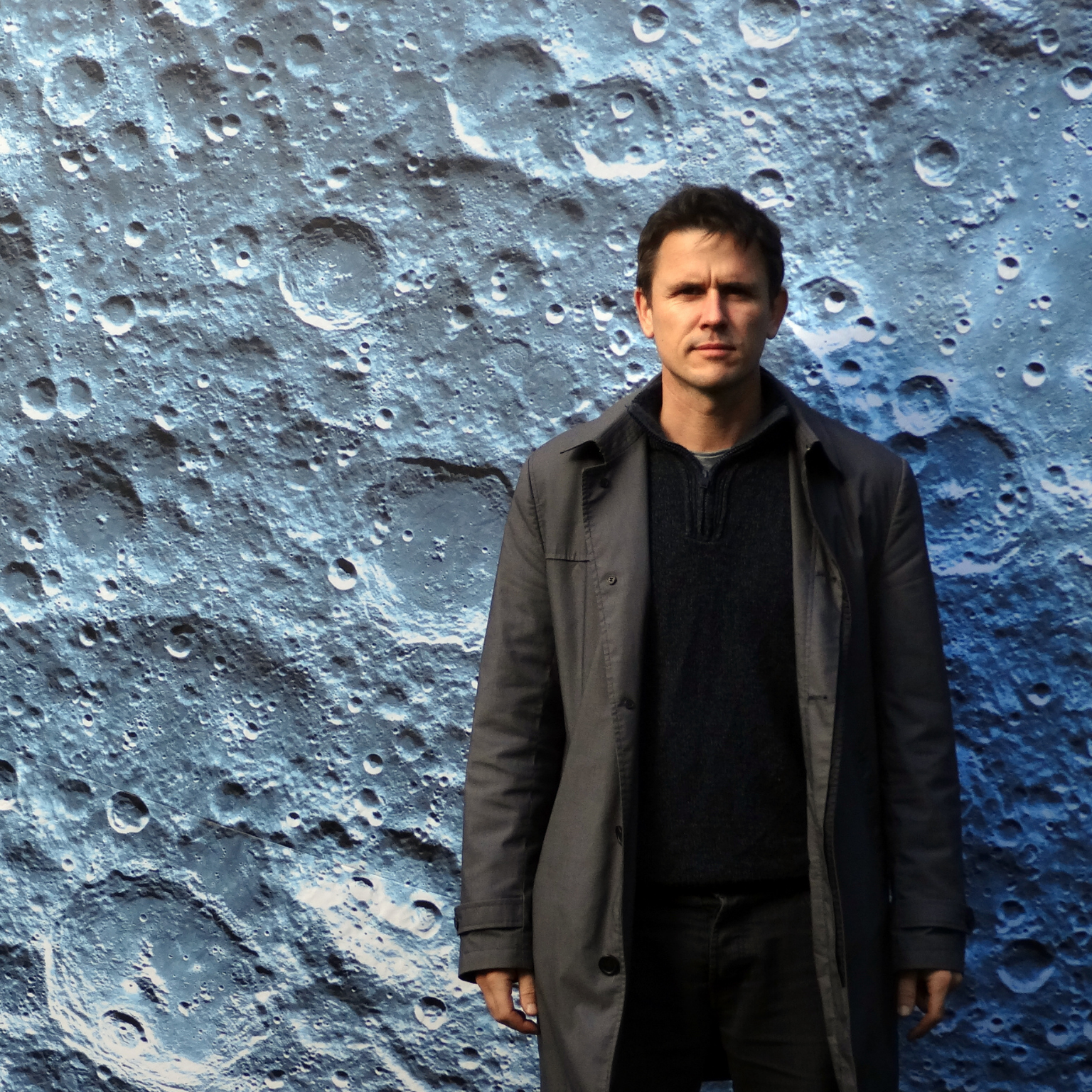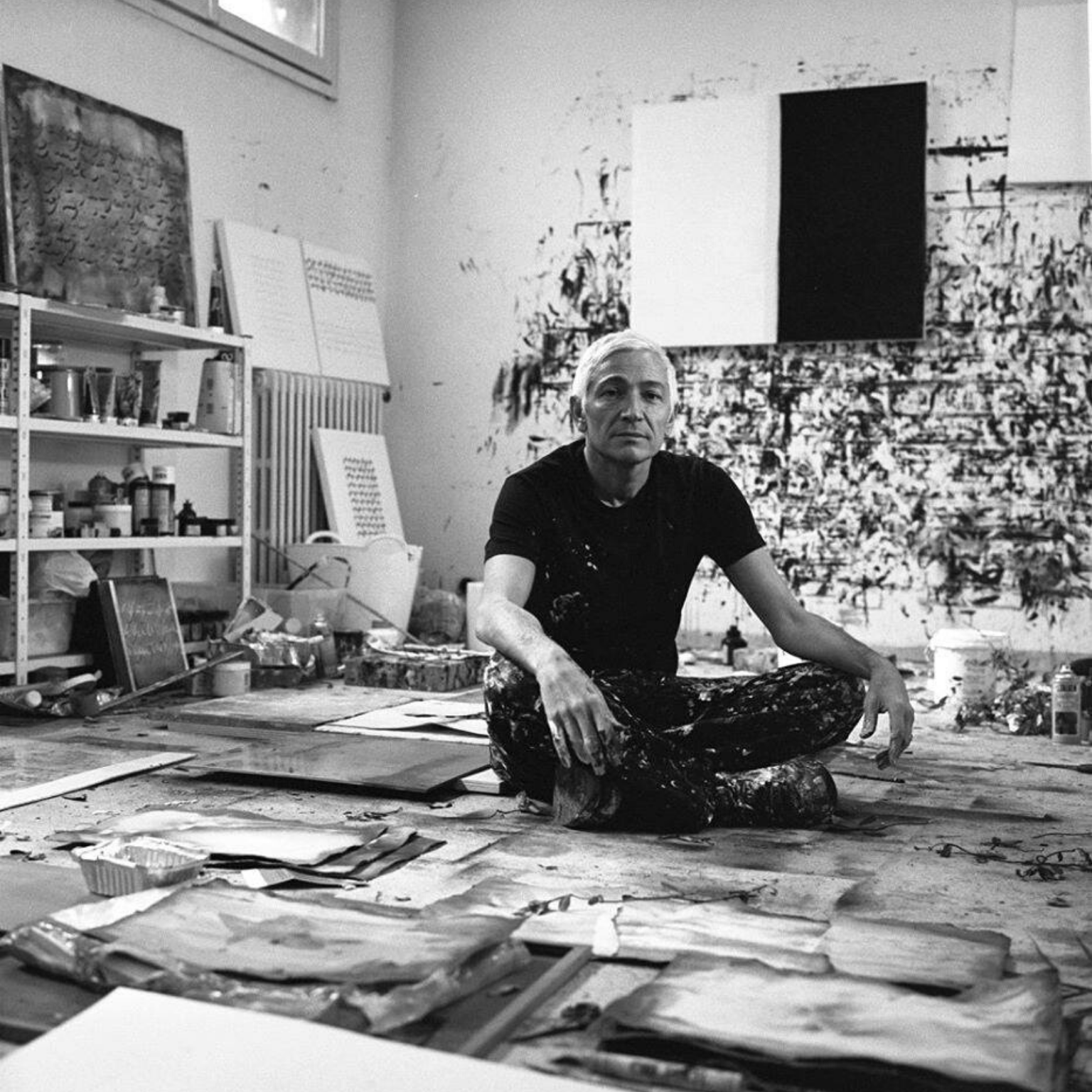Leandro Erlich, artist from Buenos Aires, Argentina. Photo © Courtesy of Leandro Erlich Studio
The artistic production of Leandro Erlich (Buenos Aires, 1973) is the result of inner and conceptual research, which finds its strength in the amusement and paradox between installations, video art, painting, and sculpture.
To understand each site-specific work, the viewer defines a necessary relationship with the work, in which the visit becomes an experience. Erlich realizes his first exhibition at the age of eighteen at the Centro Cultural Recoleta in Buenos Aires and, after a degree in Philosophy, participates in the Core Program (1998), which is an artistic residency of the Museum of Fine Arts in Houston, Texas, where he some better-known works, such as “Swimming Pool” and “Living Room”. The works give you the illusion of being in a different place from which you are in the instant you experience them.

In addition to many exhibitions around the world including at the Israel Museum (Israel), the Centre Georges Pompidou (Paris), The Museum of Fine Arts (Houston), and the MACRO Museum of Contemporary Art of Rome, Erlich has received awards such as the UNESCO Award, and in his career, he has participated in the Whitney Biennial, the 26th Sao Paulo Biennale, and the 49th Venice Biennale.
In this exclusive interview for MuseumWeek Magazine, the artist that lives and works in Buenos Aires and Montevideo, tells us some anecdotes about his approach to art and his next projects.
“I am an artist who explores space, and architecture and builds fiction that questions, through the use of perception our understanding of what we call reality. I started being interested in art when I was very young. After completing my school studies, I studied at the Art Institute of Buenos Aires, where there was a very academic education. At least in my case, who was born at the end of the 20th century, therefore pre-internet, studying and making art was an adventure, an experience, and not a professional career like today. So, after secondary school, I thought of taking every risk to start an artistic journey”.

In your production, is there a work of which you are particularly fond?
Among the most important works, there is a project that I thought about twenty years ago, during a scholarship in Buenos Aires, where we have a modern obelisk that is the symbol of the city. So I proposed a contemporary version of the obelisk of the same size in a popular neighborhood. It took me a year to define the project, but when the press learned that we were going to build it, they started arguing about creating another obelisk. This project was very important from both a conceptual and a design point of view.
Speaking of design, what do you want to communicate with your art?
I think my work has a truly polysemic characteristic. There is no one message but several ways to read the work. The interpretation and participation of the public is extremely important. My conception of art is undoubtedly conceptual and each work has a poetic inside. The artist works in communication because art is communicating, but the artist does not manifest it with words, but only through the works and the emotions they convey.
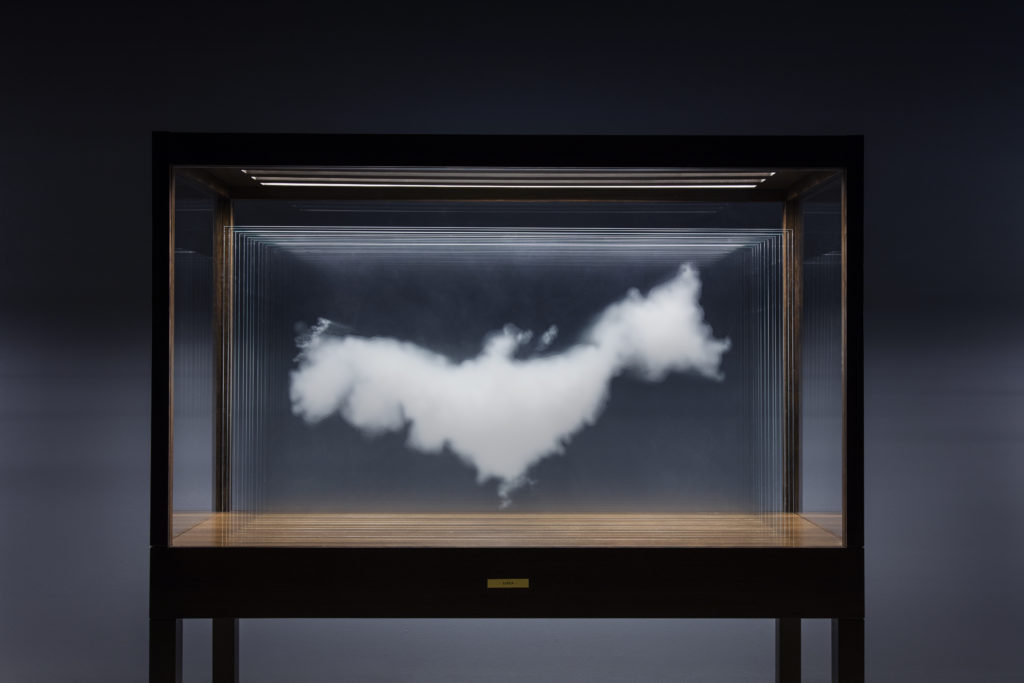
Even through experience. Art is a dialogue, and when the work is in front of the viewer, there is an experience. In fact, the viewer interprets the work through the intellect and its emotions between the conception of reality, of our daily life, and our certainties. So there is also the need to live in a system of certainty in one world of uncertainties. Reality is very complex and is a very dynamic and subjective element. There are many topics that go through each work.
In the era of communication, your works are perfect for social networks, especially Instagram…
Yes, through social networks there is a great amplification of the works. But the Swimming Pool installation was created in 1999, therefore 24 years ago and we did not have smartphones, the internet, and therefore social networks. When I started making my work there were no communication strategies, as some might think today.
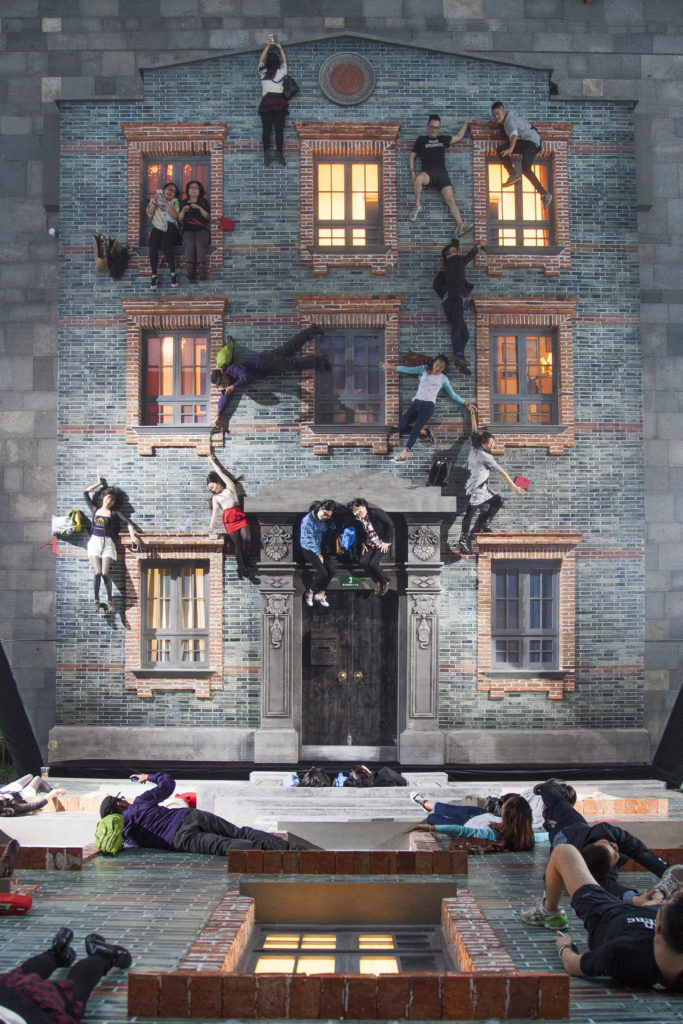
So what’s important is the evolutionary process of things, and how they can change. The works are always the same, but it is the perception that can change over time. This is one of the many missions of art.
Where do you find inspiration for your works and what is your process?
My production is the result of a state of reflection on myself. The spark that started all this is based on a personal story which then in the narrative process of each work expands on other aspects, not just personal. My creative process is therefore born in the world of ideas before matter. Sometimes context is a big trigger for me; the geographical, social, and political context is a sure source of inspiration.
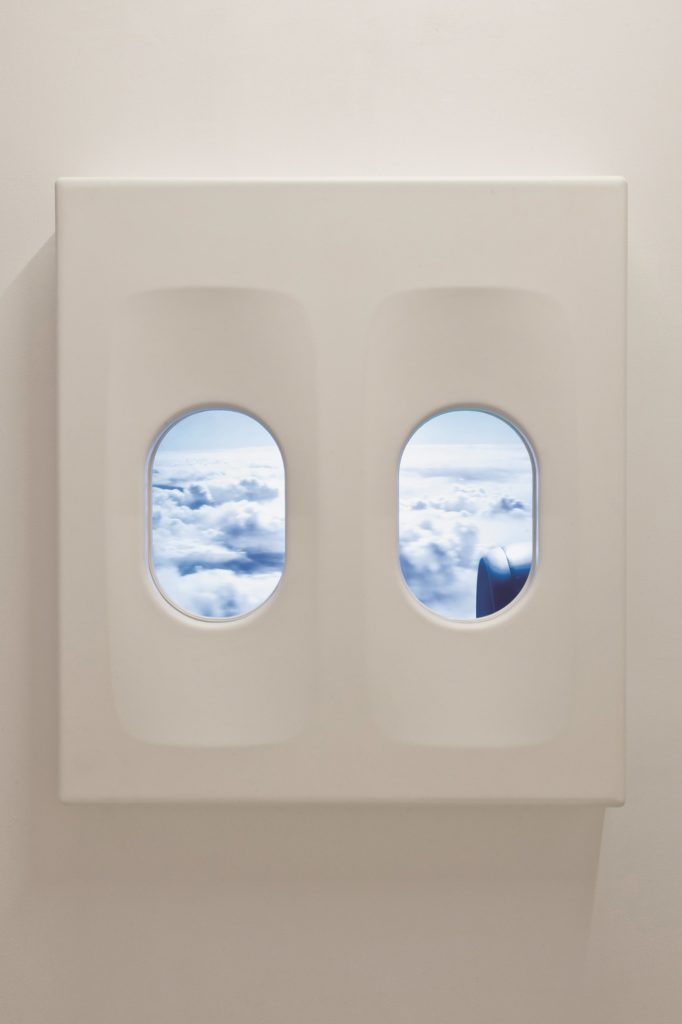
What are your future projects?
In Italy, the “Oltre la soglia” exhibition is underway at the Palazzo Reale in Milan where there is a vast display of my works, some for the first time in Europe. I am working on several projects simultaneously.
In Japan with Architect Sou Fujimoto, in Bordeaux France a monumental sculpture in a public space, an exhibition at Amos Rex Museum in Helsinki among others. The Milan exhibition is very important to me because it was a meeting culturally very close to mine and I would like to carry out a project in Napoli as well. I’m also a big fan of the Napoli soccer team!
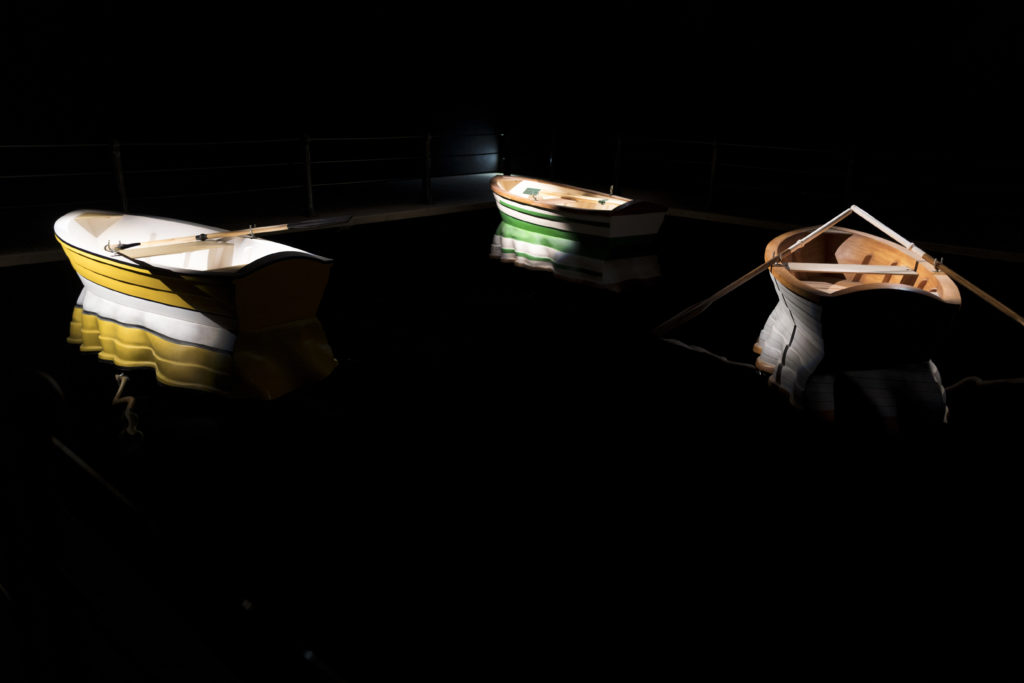
Interview by Fabio Pariante, journalist / Twitter – Instagram
